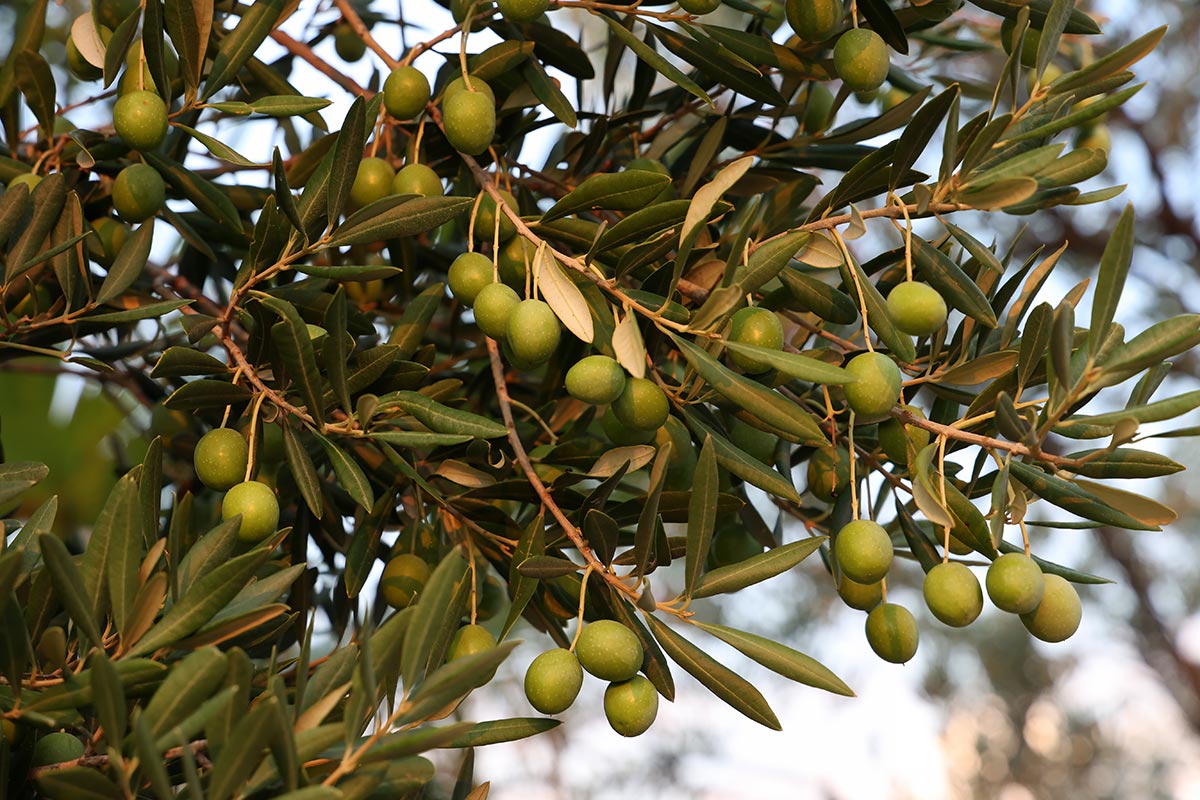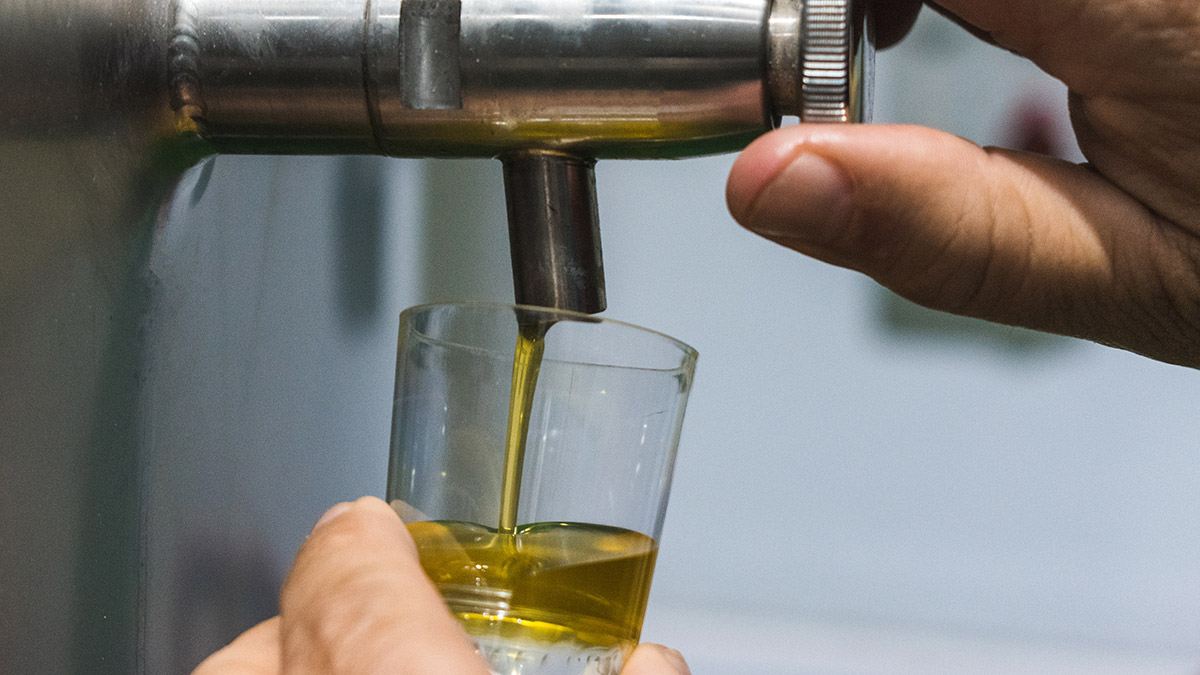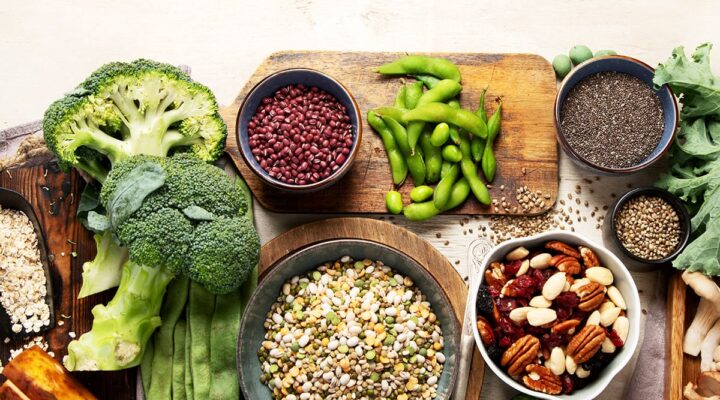Olive Oil 101: A Guide on Getting the Best “Extra”

Extra virgin olive oil is one of the most useful, nutritious, and sacred ingredients in our kitchens today. Since ancient times, it’s had a role in human health, in beauty treatments, in religious anointing, and as fuel.
Its journey from a wild shrub in the Middle East to the world’s largest man-made forest today in the south of Spain, has shaped history, cultures, and expanded mighty empires from across the Mediterranean and beyond.
And yet for something so special, most people still don’t know much about it.
So, let’s dig in.
Sarah, olive oil sommelier (yes, that’s a thing) and the founder of Citizens of Soil, travels the back roads of olive regions, harvesting with farmers, going to the mills, and meeting some of the leading voices in the olive oil space today.
Here she shares what she has learned…
What is extra virgin olive oil?
There are a few different oils that come from olives—but not all of them represent the flavourful, nutritional staple that sits as the cornerstone of the Mediterranean diet.
To be classified as “extra virgin olive oil”, it has to be milled without the use of heat, chemicals, or solvents. It’s produced through purely mechanical processes—crushing, squeezing, and pressing the olives.
This is why we often liken extra virgin olive oil to a fresh fruit juice, as it does not undergo heat or chemical treatments to turn into oil, unlike vegetable and seed oils. It remains vibrant, teeming with antioxidants, and boasts a shelf-life of approximately 18-24 months when unopened.
By contrast, “regular” olive oil is a whole other ball game.
Outside of the virgin olive oil category, most olive oils are refined, highly-processed, bleached, and deodorised. The aim here is to create a shelf-stable, lifeless oil at a lower cost from poorer-quality olives.
Comparing virgin olive oil and regular olive oil is like comparing freshly-squeezed orange juice to an orange soda. One provides nutrition on multiple levels, while the other, well…it’s soda.
Thinking of extra virgin olive oil as a fresh fruit juice will help you understand so much about it—what it should taste like, how you should use it, and how to store it.

How to taste extra virgin olive oil
Let’s get down to the fun stuff: the taste test.
When I do workshops as an olive oil sommelier, I advise people to try the extra virgin olive oils on their own at first.
When you’ve bought something you think is nice, crack it open and pour a little into a wine glass or small cup that you can put your nose in.
Ideally, put your hand over the top, give it a swirl, and then take a big sniff.
What does a good extra virgin olive oil smell like?
I always say it should smell like something that’s alive. In the olive oil industry, we call this “fruitiness”, but it really means to look out for plant aromas. The most common notes include things like fresh-cut grass, apples, bananas, nuts, herbs, and of course—olives themselves.
There’s a bit of a holy trinity when it comes to extra virgin olive oil. This consists of fruitiness, bitterness, and pepperiness—but the main one that an EVOO absolutely must have to be *extra* is fruitiness.
The balance of these qualities—in a delicate way to compliment loads of foods or in a bolder way to direct the dish—is what makes a truly stand-out oil.
Is extra virgin olive oil really that healthy?
Considered a super food since antiquity, extra virgin olive oil consists predominantly of cholesterol-friendly monounsaturated fats and is a great source of Vitamin E, but there is something extra here…
And this is where all the talk around polyphenols comes in. Polyphenols, or biophenols, are the main antioxidants in olive oil, though this category of antioxidants is found in loads of plants.
Antioxidants are, well, anti-oxidation. As they fight off oxidation, they neutralise harmful free radicals, which are unstable molecules with unpaired electrons that can damage cells and contribute to disease, illness, and ageing.
The role that the polyphenols specific to EVOO play in fighting cancer, heart disease, and dementia, among other benefits, has led to more research in the past few years and a lot more attention in the nutrition community.
What to look out for when buying extra virgin olive oil
The bottle might look nice and they might use a lot of buzz words, but even if it says “Cold-pressed extra virgin olive oil from Greece”—you really know nothing about it. This doesn’t tell you the flavour, the freshness, or even where it really comes from.
Here’s what I always look for when buying olive oil:
Harvest date:
The northern hemisphere has one harvest (from autumn to winter). For a nice oil, I’ll get this within one year of the harvest date. Note that the “best before” date isn’t the same thing. That only tells you when it was bottled, which could be months (or lately, a whole year) after harvest. The fresher, the better.
Specific location:
I don’t mind a blend, but I need to know from exactly where. If they can’t tell me at least a region within a country, it’s likely a huge bulk blend from anonymised sources—in which case I’m just not interested if this is going to be my “nice” oil.
Varieties:
Much like different types of grapes for wine or beans for coffee, the variety of olive will not only completely change the flavours (from something green, peppery and vegetal all the way to mellow, fruity and floral), but it can also affect its shelf life and how you’ll use it.
Packaging style:
No clear containers, please! Why do producers even put their oil in clear glass? I’ve asked some premium brands this exact question. Their response: “The consumer wants to see the colour.” Even though they know it’s degrading the oil.
A point on colour here is to say that colour is not an indicator of quality in extra virgin olive oil. So while our eyes might tell us that a bright green oil is better—it’s factually not the case (which is why they used dark coloured glasses at competitions so people don’t assume anything based on colour).

Can you cook with extra virgin olive oil?
For the past few decades, this simple yet confounding question has stumped home cooks and professional chefs alike.
And it starts (and ends here) with the hype around “smoke points” of different oils.
Smoke points are those elusive temperature thresholds at which cooking oils start to give off visible smoke and undergo chemical breakdown.
For extra virgin olive oil, typically, that happens between 190-220°C.
But it’s time we stopped talking about smoke points. Here’s why:
1) The smoke point of extra virgin olive oil isn’t relevant to your home cooking. When you bake, you rarely go above 200°C. Roasting? Tops out at 220°C. Even sautéing your veggies hits just around 120°C. And if you are really cranking up the heat, your senses will alert you to it immediately—it’s an unmistakable smell.
2) Yet, if we insist on talking about smoke points, we must acknowledge that not all olive oils are created equally. Quality makes all the difference. The antioxidants that hold up to oxidation—which happens under heat— make it all the more stable. So, high-quality, high-polyphenol extra virgin olive oils actually have a higher smoke point.
Cooking with EVOO isn’t just an age-old practice; it’s supported by science.
The high saturated fat content of good quality olive oil makes it more stable than other frying options when heated to high temperatures.
Furthermore, a lot of these nutrients in your food need fat to be absorbed effectively. But extra virgin olive oil gives us even more here…
A study published in the Journal of Food Chemistry found that the phenols and antioxidants in extra virgin olive transfers to vegetables in the cooking process, thereby increasing the nutrition content of the vegetables just from being cooked in it.
I hope this quick guide into extra virgin olive oil sheds more light on why this ingredient is so special, how to make sure you get a good one, and why you should enjoy it like those in the Mediterranean do—across every mealtime, in loads of ways, as a core part of your balanced diet.
About the author
Sarah Vachon is an olive oil sommelier and the founder of Citizens of Soil —an olive oil club which sources small-batch extra virgin olive oils from women around the world who are farming regeneratively.
She travels the back roads of olive regions, harvesting with farmers, going to the mills, and meeting some of the leading voices in the olive oil space today.

















